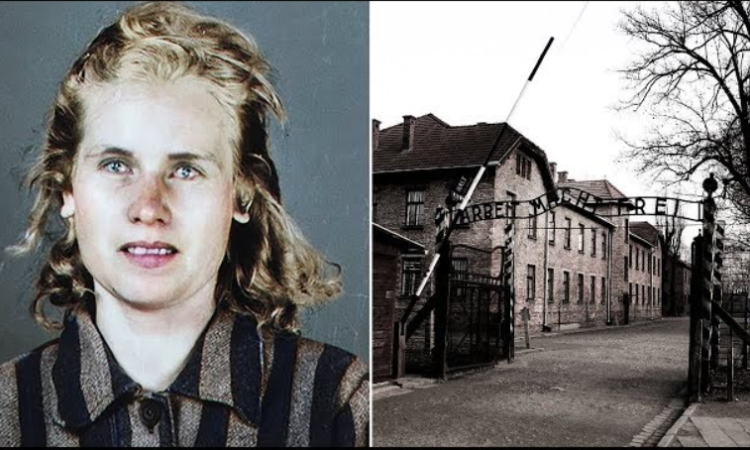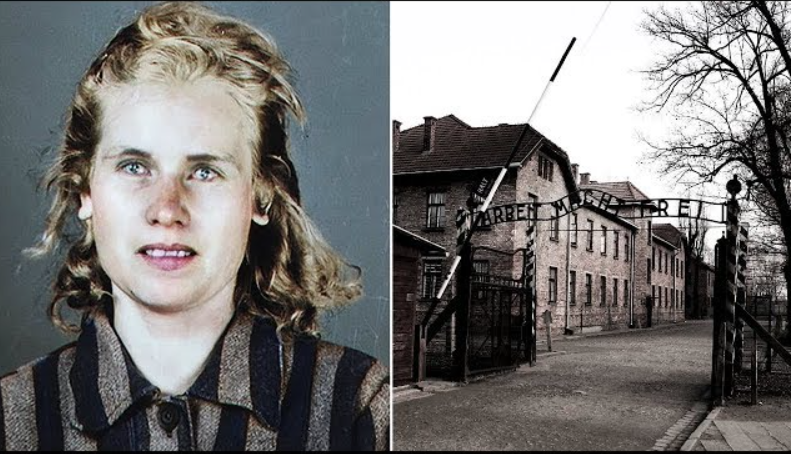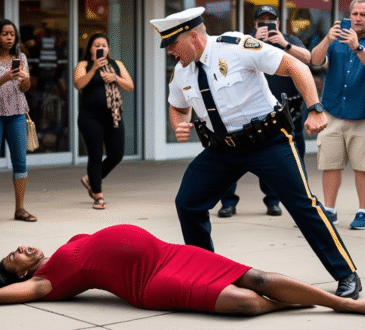
Brazilian Marina Amaro, born in 1994, was studying international relations at university. But her twin passions for history and photography led her to abandon her studies to become a full-time artist, and her chosen medium is the colorization of historical photographs. It’s a skill that she’s honed to perfection, and one she’s recently used for a project that combines a poignant sense of horror with a deep respect for humanity.

Amaro’s interest had been captured by a wide variety of historical periods, ranging from the Civil War to World War Two. That was evident when she partnered with historian Dan Jones to publish a book in 2017, “Colors of Time: A New History of the World 1852-1960”. But the subject that she’s been drawn to time and again is the Holocaust.
The Nazi abomination saw the mass murder of six million Jews, as well as the liquidation of homosexuals, gypsies, left-wingers, and others. The Nazis murdered some two-thirds of the European population of Jews between 1941 and 1945. Many of them were gassed in the industrial murder factories at death camps such as Auschwitz; others were shot and buried in mass graves.
Hitler’s plan to murder the Jews of Europe is illustrated by thousands of photographs, but almost all of these are in black and white. As Amaro herself said in an interview with the history website, “When I see a black and white photo, I feel that what I’m seeing is not real. Sometimes I feel like the event or the person that I’m seeing is only real in history books, and this is not true.”
Driven by her desire to breathe new life into the historic photos, Amaro had been colorizing pictures related to the Holocaust for some time. Her meticulous work can transform the sometimes lifeless gray tones of old black and white photos into vibrant colors that might lend new relevance to the images.
The concentration camps were eventually liberated at the end of World War Two as Russian forces swept towards Germany from the East and the Allies came from the West. These sites that the liberating troops and journalists came across remained with them for the rest of their lives.
BBC broadcaster Richard Dimbleby was one of those who witnessed the scenes at the liberation of the Bergen Belsen camp. In a 1945 BBC news bulletin, he reported, “Here over an acre of ground lay dead and dying people. You could not see which was which… there was even a camp that was reserved especially for women, Ravensbrück, just 56 miles from Berlin…”
Its inmates included Jews, Poles, Russians, French, and Dutch. Some were dragooned into forced labor while others were the subject of ghastly medical experiments. Around 130,000 women spent time in Ravensbrück between 1939 and 1945. Of those, about 50,000 had died by the time the camp was liberated.
Amaro decided that she wanted to undertake a specific project dealing with photographs from the Auschwitz camp. Its title is “Faces of Auschwitz”, and the project is being funded by the Michael Frank Family Charitable Fund. Frank is a native of Long Island, New York, and his foundation funds projects such as this.
In one article on Frank’s Facebook page, he described how he and his wife came across one of Amaro’s colorized photos of a young Jewish girl. “We were so moved by it. The color gave the young victim life, it gave her a story… we knew instantly we had to get involved with this.”
One of the faces of Auschwitz is that of Ewa Gilewska. Born on August 24, 1915, in Warsaw, Poland, she was arrested by the Gestapo for her participation in the Polish resistance. After being imprisoned in Pawiak prison, she was sent to Auschwitz on September 2, 1943, as prisoner number 67181. Gilewska was murdered in the gas chambers on December 16, 1943, at the age of 28.
The original black-and-white pictures of Auschwitz prisoners are in the Auschwitz memorial archives, which are held at the Auschwitz-Birkenau Memorial and Museum in Poland. The museum has almost 40,000 of these prisoner photographs in its collection. In total, an estimated 1.3 million people passed through Auschwitz, and at a minimum, 1.1 million of those died.
The Red Army’s 322nd Rifle Division liberated Auschwitz in January 1945. These Soviet troops found some 7,500 prisoners alive and 600 dead. The SS tried to hide the evidence of its hideous crimes by force-marching prisoners west, demolishing crematoriums, and destroying records.
Marina Amaro’s work helps us to remember the true nature of the hideous genocide that blighted Europe in the 20th century.




